Let the facts work for workers
A living wage and a safe working environment are important topics for unions when negotiating with employers.
In order to be able to represent workers properly, unions can use CNV Internationaal's Fair Work Monitor.
Local unions can apply the tool and make their own survey with relevant issues at stake.
Workers can complete this survey, easily and anonymously, on a tablet or phone. This way local unions know exactly if workers earn a living wage and if they feel safe.
A tool that contributes to HRDD and transparency
And, very importantly, the data of this participative monitoring tool makes it possible to contribute to greater transparency of the entire international value chain. This way the Fair Work Monitor can contribute to the human rights due diligence (HRDD) of companies.
This is a powerful tool for local unions. It will strengthen the position of workers during negotiations.
Elles van Ark, director of CNV Internationaal
In Latin-America CNV Internationaal successfully monitors the sugarcane sector. The monitoring tool plays an important part in mapping the gap between the wage that is being paid to workers and a living wage.
In the video below, Olivia Bwalya of CNV Internationaal explains how the Fair Work Monitor was developed.
How the Fair Work Monitor works
Textile industry
The Fair Work Monitor was used for the minimum wage negotiations in the textile industry in Cambodia since 2022. Although wages slightly increased, this didn't lead to a living wage for the workers. Millions of people working in the textile industry still don't earn enough to pay for housing, food, school and medical care.
Unfortunately the latest outcomes of the CNV Internationaal's Fair Work Monitor in Cambodia reveal alarming outcomes: Learn how Cambodia’s textile workers face debt and strive for better living standards . Salaries need to rise significantly in order to bridge this gap.
Fair work monitor in value chains

TEXTILE
Millions of textile workers don't earn a living wage. Learn more on the outcomes in Cambodia>>




